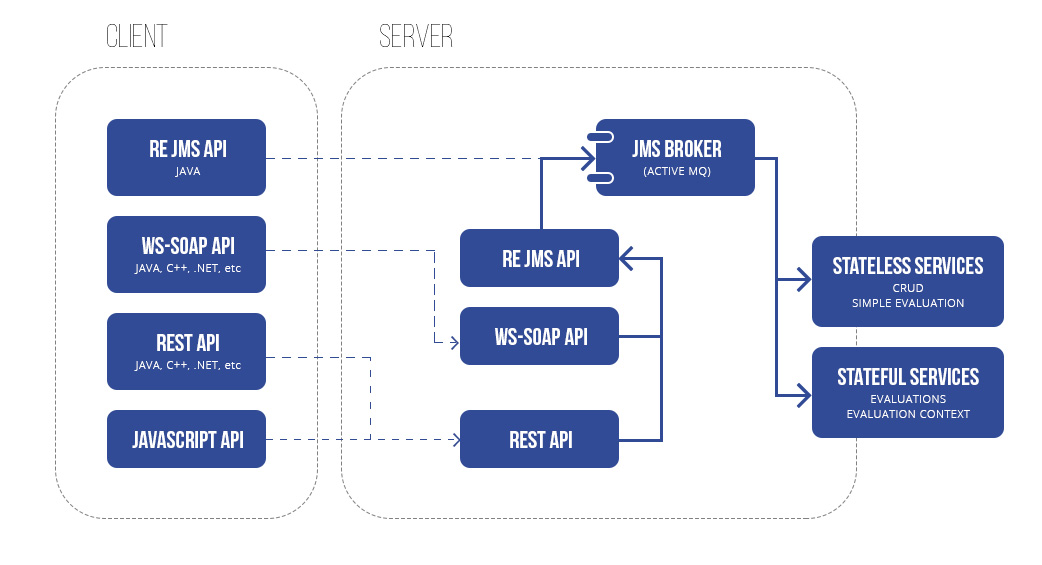
One meta-analysis showed that type 2 diabetes patients had an average CIMT that was 0.13 mm greater than normal individuals, which was associated with a 40% greater probability of type 2 diabetics developing cardiovascular disease compared to healthy individuals. In another ARIC study that examined the relevance of CIMT and cerebrovascular disease over an average of 7.2 years, ischemic cerebrovascular disease was 1.78 times more prevalent in males and 2.02 times more prevalent in females with a CIMT greater than 1 mm compared to that of those with a CIMT less than 1 mm. Coronary heart disease was 1.85 times more prevalent in males and 5.07 times more prevalent in females who had a CIMT greater than 1 mm compared to those with a CIMT less than 1 mm. The Atherosclerosis Risk in Communities (ARIC) study examined CIMT in 5,552 males and 7,289 females, ages 45 to 64, followed for an average of 5.2 years between 19. Therefore, a multiple regression analysis confirmed age and gender affecting 10-year stroke risk ( Table 3).ĬIMT increases from the onset of atherosclerosis. The 10-year stroke risk was treated as a dependent variable, age, gender, and CIMT were treated as independent variables. Therefore, a multiple regression analysis confirmed age, gender, CIMT and BaPWV independently affect 10-year CHD. CIMT, FMD, BaPWV, age, and gender values were treated as independent variables, and 10-year CHD risk was treated as a dependent variable. After adjusting for age, there was a significant correlation between the 10-year CHD risk and CIMT ( P<0.001), FMD ( P<0.017), and BaPWV ( P<0.035) and a significant correlation between the 10-year stroke risk and CIMT ( P<0.001) ( Table 2). In addition, age was significantly correlated with the all four vascular tests. The 10-year CHD and 10-year stroke risks both increased with age ( Fig. However, there was no correlation with AI 75. Prior to adjusting for age, the 10-year CHD risk and 10-year stroke risk were significantly correlated with FMD, BaPWV, and CIMT. Because of few atrial fibrillation patients, there was a difference between 10-year CHD risk and 10-year stroke risk in the present study. With these mean values, the 10-year stroke risk calculated using the UKPDS risk engine, in a male patient with and without a history of atrial fibrillation was 16.7% and 2.1%, respectively, which shows that atrial fibrillation has a large effect on the 10-year stroke risk. The mean values of study population were 50 years old, smoker, a systolic blood pressure of 130 mm Hg, glycated hemoglobin of 8.64%, total cholesterol of 200 mg/dL, and HDL-C of 45 mg/dL. The 10-year stroke risk was lower than 10-year CHD risk because there were only 3 patients with atrial fibrillation in this study. In the entire participants in the study, the 10-year CHD risk and 10-year stroke risk calculated using the UKPDS risk engine were 14.92% and 4.03%, respectively. For baseline diameter, the measurements were calculated as percentages, and a flow mediated response was observed. We then repositioned the transducer, and within the 50 seconds during which hyperemia sets in, we measured the maximum diameter of the brachial artery increased due to hyperemia. After 5 minutes, we reduced the pressure on the cuff to 0 mm Hg and then removed the cuff.

After baseline diameter measurements were completed, the transducer was removed, and a blood pressure cuff was attached to the middle of the upper arm and set at 250 mm Hg. In order to reduce variation during diameter measurements, it was measured at arterial branching points and at the end of the diastolic phase just before the origin of an R wave using electrocardiogram (ECG). Under B-mode, the diameter was defined from one side of the interface (m-line) of the intima and media of the blood vessel to the same part on the opposite side.

A linear transducer was located 5 to 10 cm above the antecubital fossa, and the center of the brachial artery was set as a reference point. Participants were stabilized in supine position, and the baseline diameter of the brachial artery was measured using a high-resolution B-mode ultrasonograph.


 0 kommentar(er)
0 kommentar(er)
